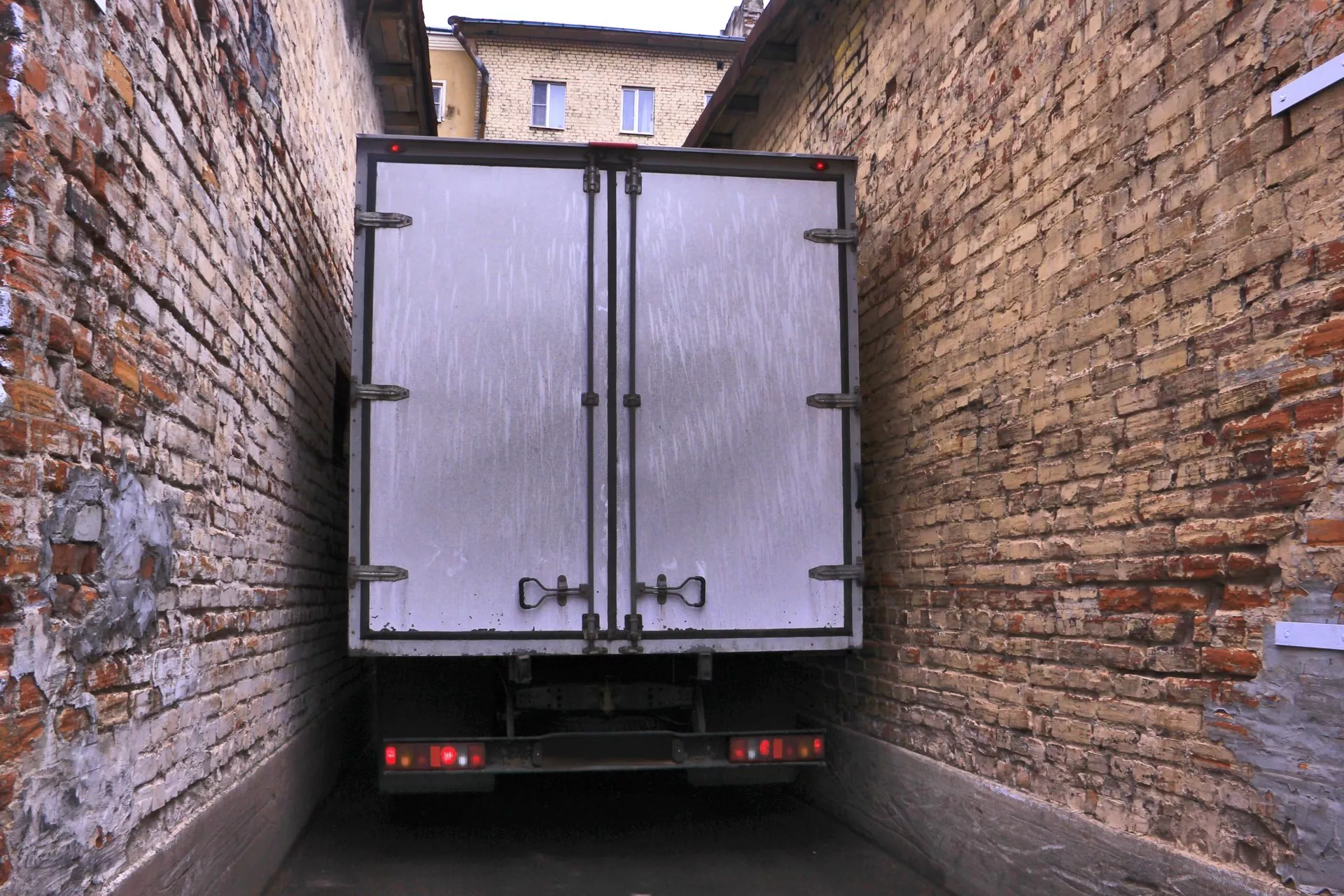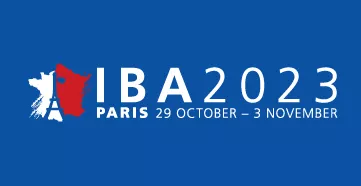On 27 July 2022, the District Court of Amsterdam (the Court) rendered another interesting (interim) judgment in the follow-on damages proceedings related to the so-called ‘trucks cartel’. These proceedings were initiated by several parties seeking compensation for damages against various truck manufacturers. After the judgment of 15 May 2019 relating to the obligation to furnish facts and the judgment of 12 May 2021 – in which the Court set aside a large part of the formal defences of the truck manufacturers – the Court now had to address (among other things) the question which law is applicable to the damages claims. The Court ruled that Dutch law applies to all claims and thereby opted for a very pragmatic solution. The judgment of the Court will probably lead to an increase of (bundled) claims brought by claim vehicles before the Dutch courts. Although we understand this outcome, we question the creative reasoning to get to the judgment. In any event, this judgement is likely to lead to further discussion.
When determining the law applicable to a non-contractual obligation arising out of a restriction of competition, a distinction should be made between claims that arose before 11 January 2009 and claims that arose after this date. The Conflict Law on Wrongful Acts (in Dutch: Wet conflictenrecht onrechtmatige daad; WCOD) is applicable to claims resulting from anticompetitive conduct that took place before 11 January 2009. The Rome II Regulation (Rome II) is applicable to claims resulting from anticompetitive conduct that took place after 11 January 2009.
In the case of a single and continuous infringement which – as in this case – took place before 11 January 2009 and ended after 11 January 2009, the first question that arises is which date should be taken into account for determining the date of the event giving rise to damage. According to the plaintiffs in this procedure, this should be the moment when the continuing infringement ceased to exist. In other words: the end of the cartel period. According to the decision of the European Commission, the cartel functioned from 17 January 1997 to 18 January 2011. Subsequently, this would mean that Rome II applies to all claims. The Court does not agree and states – with reference to the judgment of the Court of Appeal in Air Cargo – that Article 4(1) WCOD applies to claims that arose before 11 January 2009 and Article 6(3) Rome II applies to claims that arose after 11 January 2009. This approach seems right to us. After all, the applicable law must be determined per individual claim. Although there is a continuous infringement, the alleged obligation to pay damages arose per individual transaction.
The next question is which law article 4(1) WCOD appoints. Article 4(1) WCOD – the so-called “market principle” – states that a non-contractual obligation arising out of an act of unfair competition is governed by the law of the country where the market is, or is likely to be, affected. The Court first states that it is necessary to examine in which country the act of unfair competition has affected the relevant interests of the party seeking compensation for damage. Then, with reference to the judgements in CDC/Shell and CDC/Kemira, the Court notes that in previous cartel cases, the law of the country where supply and demand meet (i.e. the place where the agreement was concluded) was usually appointed as the applicable law. In CDC/Shell, the District Court of The Hague took as a starting point the area mentioned in the decision of the European Commission, but subsequently considered that it must be examined where the market disruption to which the claim relates concretely and factually took place. That was, according to the District Court of The Hague, the place where supply and demand came together for the parties / customers seeking compensation for damages (i.e. the customers’ respective production locations). The District Court of Amsterdam came to a similar conclusion in CDC/Kemira.
In the present case, however, the Court found that it is not “plainly obvious” how to determine in which country the market is, or is likely to be, affected. According to the Court, in this case, “it can hardly be concluded that the competition was only affected at the place where supply and demand met” because the prices of nearly all trucks manufactured in Europe and offered in the EU were affected by the cartel.
Unlike in CDC/Shell and CDC/Kemira, where the emphasis was on the question where the market to which the claim relates was concretely and factually affected (a concrete test), the Court now seems to take a more abstract test as a starting point. So far, the fact that a cartel affected the market in several Member States did not (necessarily) mean that the act of unfair competition also influenced the competitive relationships relevant for the party seeking compensation for damages in several countries. For that, more was needed. In the present case, the Court seems to reconsider this starting point. In any case, this reasoning makes the distinction between the area mentioned in the decision of the European Commission and the place where the market disruption to which the claim relates concretely and factually took place illusory. Subsequently, the Court – with reference to the judgments in Air Cargo and Tennet/ABB and with due observance of the principle of effectiveness – ruled that the law applicable according to Article 4 WCOD must be determined in a manner consistent with article 6(3)(b) Rome II. The Court then found that the plaintiff’s choice of law fulfils the requirements of article 6(3)(b) Rome II, and concluded that all claims are governed by Dutch law.
There is something to be said for this reasoning. Firstly, it can be argued that, in case of a cartel which has affected the market in several Member States, the party seeking compensation for damages has been deprived of the opportunity to purchase the cartelised product at a lower price in one of the other Member States. To that extent, the party seeking compensation for damages has not only suffered damages in the country where he purchased the cartelised product, but also in the other Member States. That is, however, a form of hypothetical damage. More convincing is the argument that, by deliberately influencing the market in several Member States, it must not only be considered foreseeable for a cartelist to be sued before the courts of the Member State of one of his fellow cartelists, but also that the laws of one of those Member States applies to all claims for damages. Finally, applying the same law to all claims is usually also in the interest of the party seeking compensation for damages because it leads to a more efficient settlement of the claims. Such considerations may have played a part in the court’s finding that the market was affected in several states. After all, this step was necessary in order to come to the conclusion that article 4(1) WCOD contains a legal vacuum that needs to be filled and subsequently – as the Amsterdam Court of Appeal of Amsterdam did in Air Cargo – turn to the pragmatic solution of article 6(3)(b) Rome II. However, the way the Court has come to this conclusion is, in our opinion, somewhat artificial.
The court’s outcome in these proceedings is also surprising because in Air Cargo the Court of Appeal explicitly noted that its finding that there is a legal vacuum follows from “the specific, transnational nature of the service”. The Court of Appeal even noted that the Air Cargo case differs from most cartel cases which concern cartelised goods “that are generally purchased in one place and where all relevant transactions take place in one place“. The Court sees this differently and clearly opts for a pragmatic solution. The Court’s judgment is expected to lead to further discussion and it remains to be seen whether this judgment will be upheld on appeal and/or cassation. In any case, this judgment will probably – at least in the short term – lead to an increase of (bundled) claims brought by claim vehicles before the Dutch courts.



